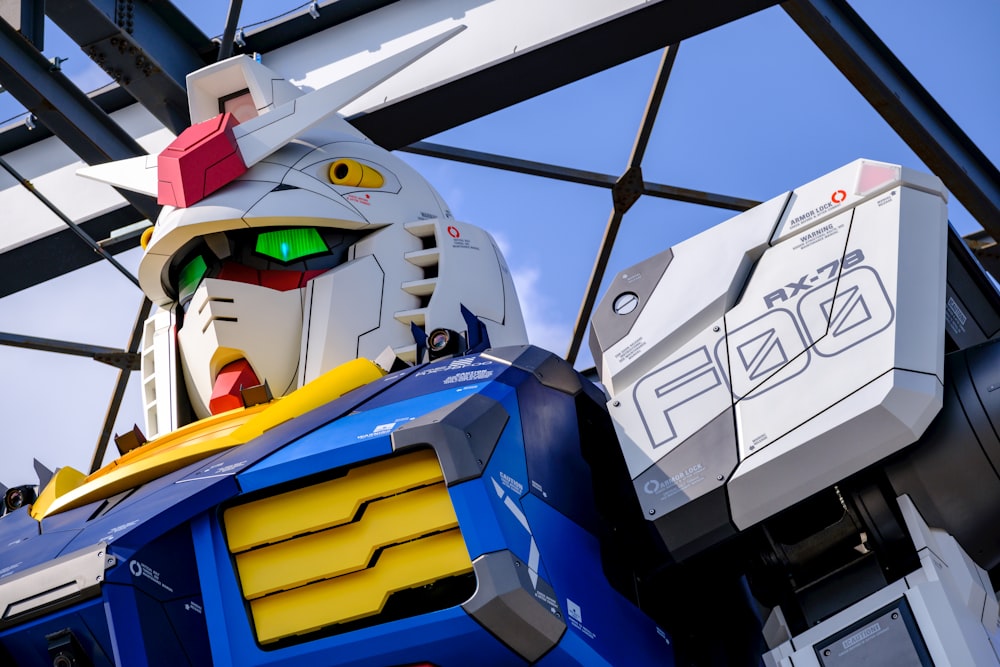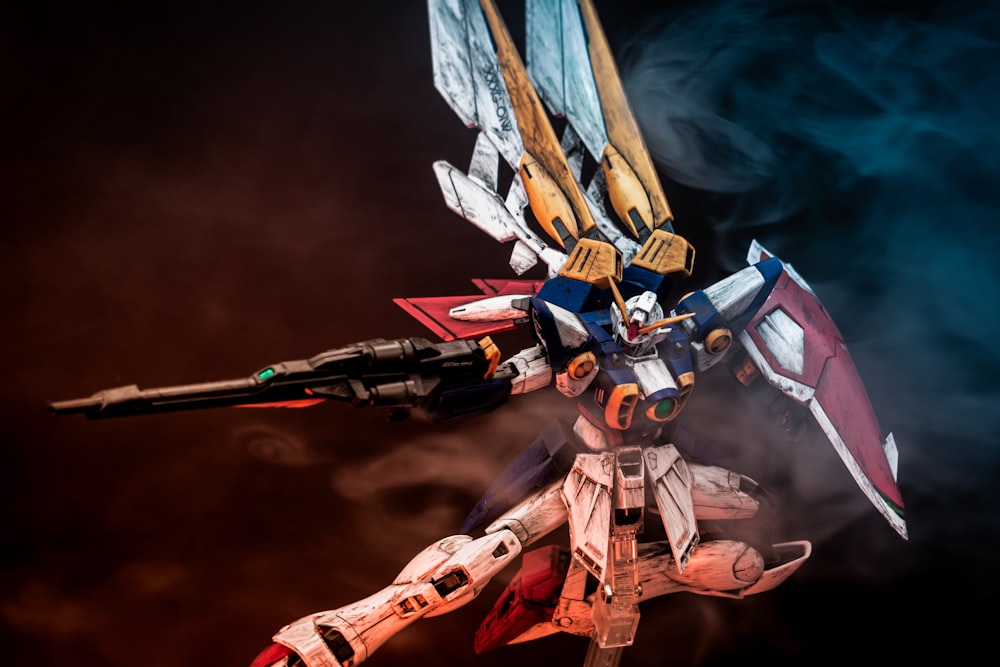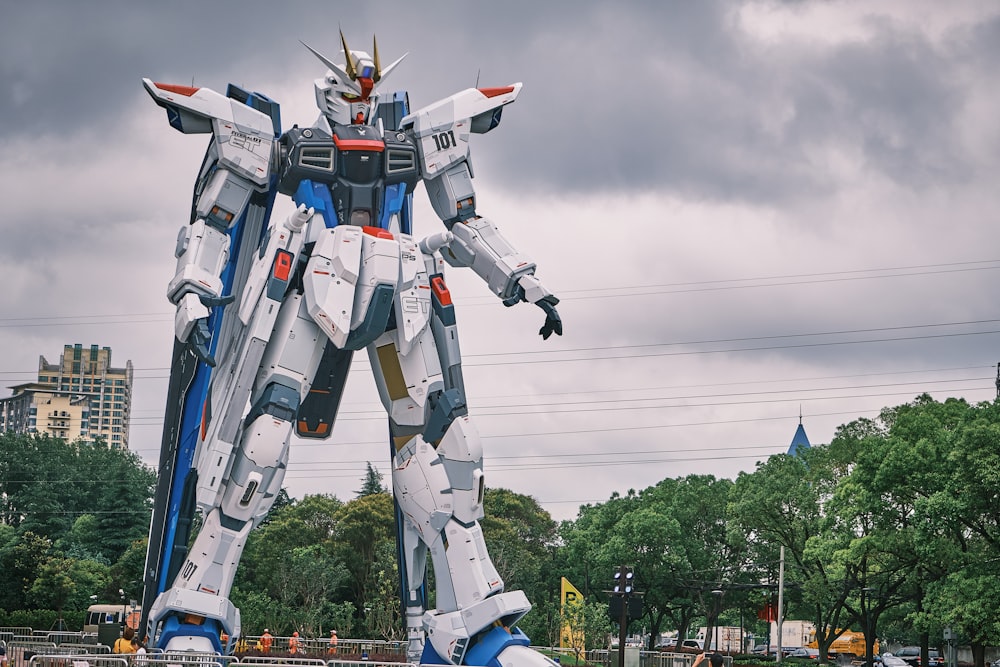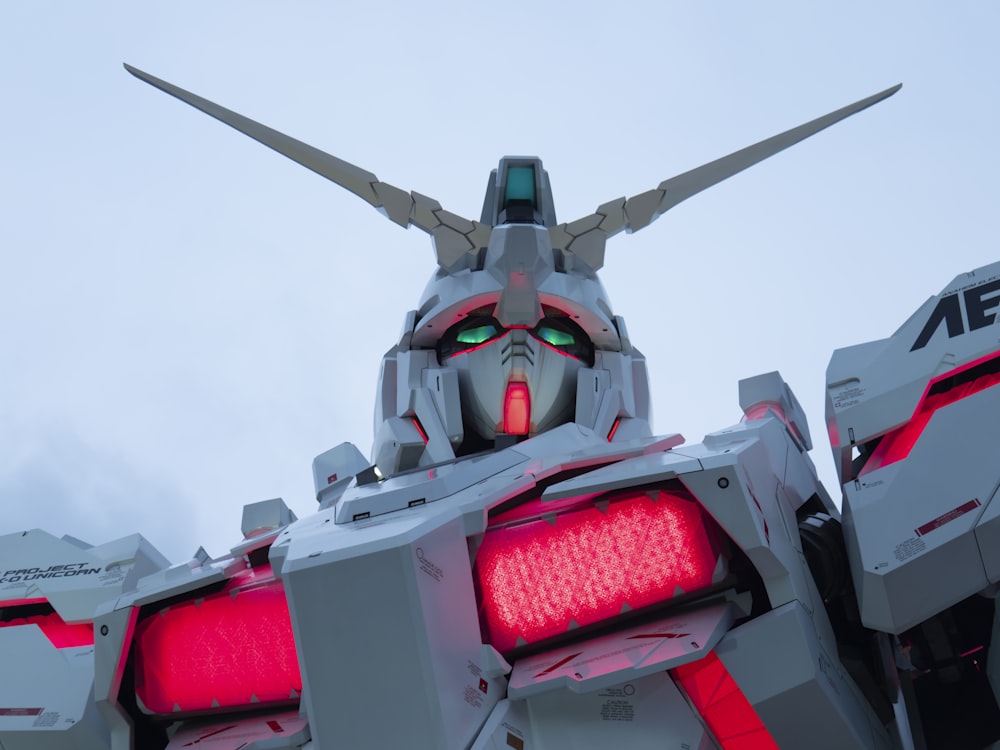Japan’s perception of enormous robots was altered almost forty years ago when Mobile Suit Gundam first debuted there. Gundam is a popular Japanese science fiction media franchise that has been around since 1979. The series includes several television programs, motion pictures, and comics, all of which center on enormous robots known as “Gundams” and the pilots controlling them.
Today, Gundam is a major part of American anime series. It is considered the anime that defined the giant robot revolution. This article highlights how Gundam helped create a brand-new anime subgenre, altered how Westerners saw Japanese animation, and influenced future robotics technology.
Gundam Background
Giant robots had a particular meaning in Japanese entertainment in 1979. Mazinger Z and Battle Fever J, the first Super Sentai episode ever with its huge mech, gave the “Super Robot” subgenre a specific connotation. Before then, you could only find these fantastical mecha in cartoons and comic books for kids. That would change with Mobile Suit Gundam.
At that time, it was unheard of to deploy mechanical exosuits as military weapons. For this reason, Mobile Suit Gundam debuted with many controversies since viewers expected another huge robot anime without a new perspective on enormous robots. Nobody knew that Mobile Suit Gundam would inspire the development of the “Real Robot” genre. This genre still dominates how mecha are portrayed in Japan.
Gundam’s evolution with time

The anime television series Mobile Suit Gundam, produced by Yoshiyuki Tomino and Sunrise, marked the franchise’s start in 1979. Since then, Gundam has developed into one of the most popular and persistent brands in Japanese anime and manga annals. The brand has grown to encompass television shows, motion pictures, books, computer games, and comics.
The Universal Century series, which featured Mobile Suit Gundam (1979) and Mobile Suit Zeta Gundam (1985), marked the beginning of the Gundam series. The Future Century, After Colony, After War, Correct Century, Cosmic Era, Anno Domini, and Advanced Generation timelines are just a few alternative periods that have been created and evolved since the 1990s.
But despite its fame in Japan, Gundam wouldn’t take off in global popular culture until the introduction of Mobile Suit Gundam Wing in the mid-1990s. It was the first full-length television series to air on Cartoon Network’s Toonami afternoon programming block. This first Gundam animation to show on American television helped the series gain traction.
Mecha Merch

When Mobile Suit Gundam initially aired, they produced toys in the Chogokin die-cast metal model series to coincide with the anime launch. This changed when Bandai acquired the copyright to produce new toys based on the mechs in the series with his plastic model kits. Bandai’s Gundam model kits were unlike any other toys on the market. They came in three distinct colors and needed glue and paint to finish the model. As a result, they increased interest in Mobile Suit Gundam as they took flight.
Thanks to Bandai, Gundam gained popularity once more. This popularity contributed to the development of the Real Robot genre as a legitimate rival to Super Robot programs. The franchise continued with the release of Mobile Suit Zeta Gundam in 1985 and the creation of dozens of additional television shows and motion pictures based on the various Gundam world timelines.
The “Gunpla” version of Bandai’s Gundam miniatures has maintained its appeal in Japan. Mecha model kits are replacing more conventional model kits because they are more intricate and articulated because of advancements in manufacturing technology. You can find Gunpla mechs in several US stores, such as usagundamstore.
Powers that heroes possess

The Gundam series is renowned for showcasing a wide range of cutting-edge equipment and weapons. For example, the Gundam universe’s mobile suits are noteworthy for their potent weapons, innovative armor and shielding, and capacity to change into many forms.
Beam sabers, beam rifles, beam cannons, and Vulcan guns are other distinctive technology and weaponry commonly featured in the Gundam franchise. Some mobile suits may use specific unique powers, such as the “psycho frame” technology. The Gundam Exia employs this technology, enabling the pilot to notice and respond to incoming strikes at a superhuman level.
However, because cutting-edge technology rather than innate talents produces them, these skills are not regarded as superpowers. They are fictitious characters from the Mobile Suit Gundam series, a well-known science fiction series from Japan. The traditional definition of power does not apply to Gundam heroes.
The protagonists of the stories in this franchise are enormous robots known as mobile suits, controlled by expert persons known as mobile suit pilots. These pilots control the mobile suits and engage with other pilots using their combat prowess and technological knowledge.
What makes Gundam famous?
Gundam’s intricate and original storyline is one of the series’ many appeals. The storyline frequently addresses political and moral concerns, including conflict, survival, and the state of humanity. The series focuses on the relationships between its characters and the reasons and feelings that drive them.
The franchise’s intricate and realistic world-building is another factor in the game’s success. The world-building features several examples of science fiction and future technologies. The franchise also has several distinctive and recognizable mecha designs in great demand among fans.
Gundam has produced a wide range of items and products, including model kits of the mecha from the series, alongside the anime and manga series. Because of their intricate detailing and adaptability, these models, known as Gunpla, have become a well-liked pastime among franchise fans.
Based on Gundam’s success, various products have been produced, including model kits for many Gundam robots. Fans may create replicas of recognizable robots using these intricate and frequently changeable models. Many Gundam fans love making and collecting Gundam models to support the program and to show their admiration for the mecha designs,
How has Gundam inspired the world?

Gundam’s strong hold on global popular culture, particularly in Japan, has been tapped to spark interest in engineering and emerging robotics technologies. With “Gundam” growing to be synonymous with mecha worldwide, the series has served as an inspiration for exosuit research and development.
For example, the research and development of Mobile Suit technology for the SDF received funding from the Japanese government, reinforcing analogies between the real world and the anime series. Several excellent anime series and films have also been produced because of the franchise’s success. This has further solidified its position as a cultural icon in Japan.
Bottom line
Gundam is a beloved and enduring franchise whose model kits have contributed to making it a highly sought-after collectible. This is primarily due to the mix of a captivating storyline, unique world-building, and iconic mecha designs.
Today the Gundam series has inspired the development of mechanized suits in engineering and military research. The franchise’s success may be attributed to its strong characters, interesting plots, and excellent animation.


